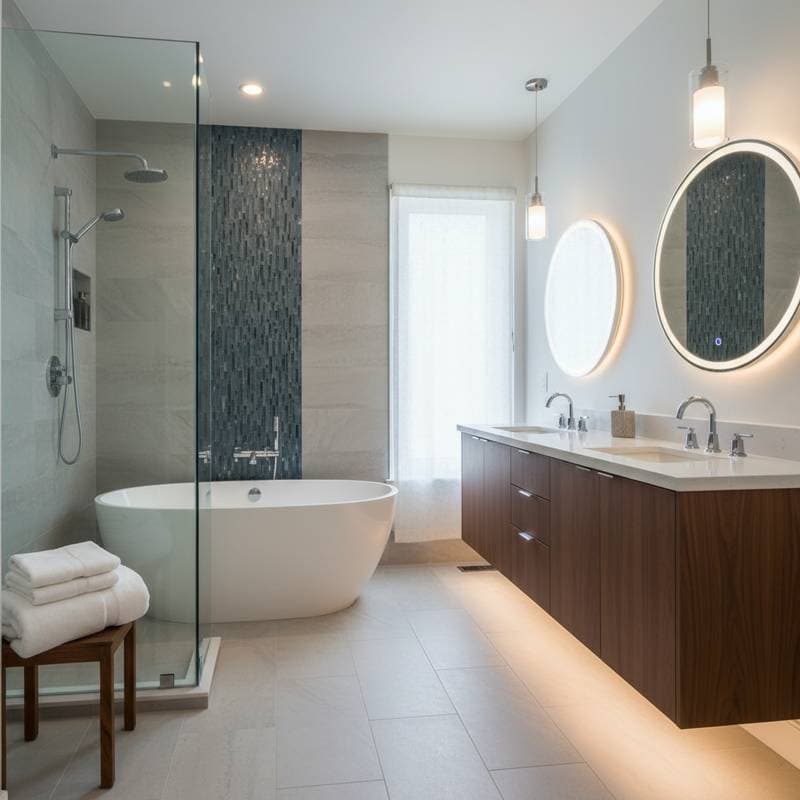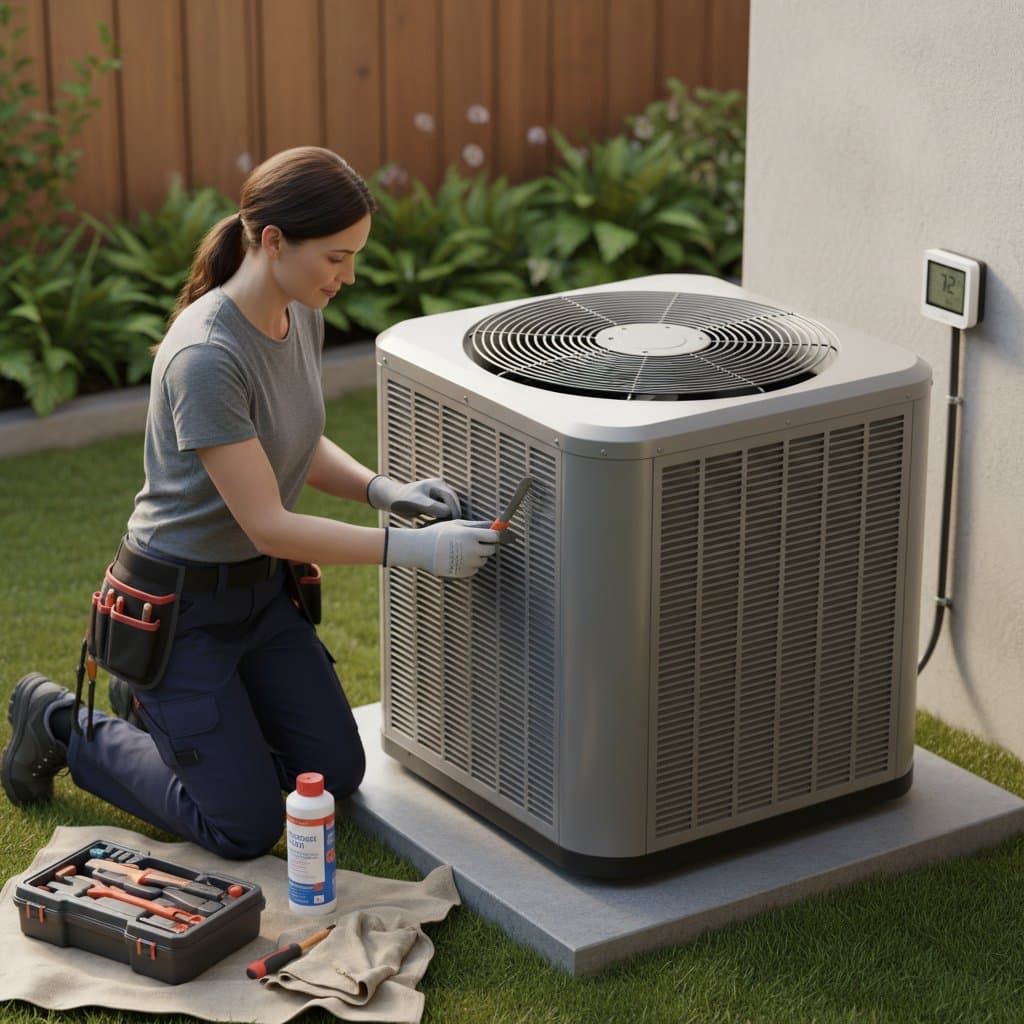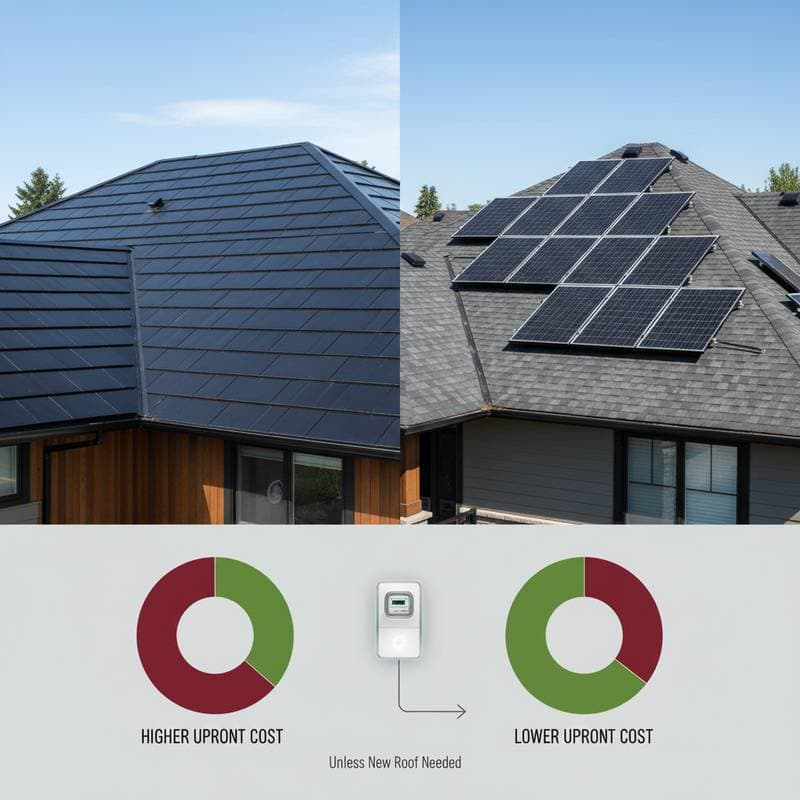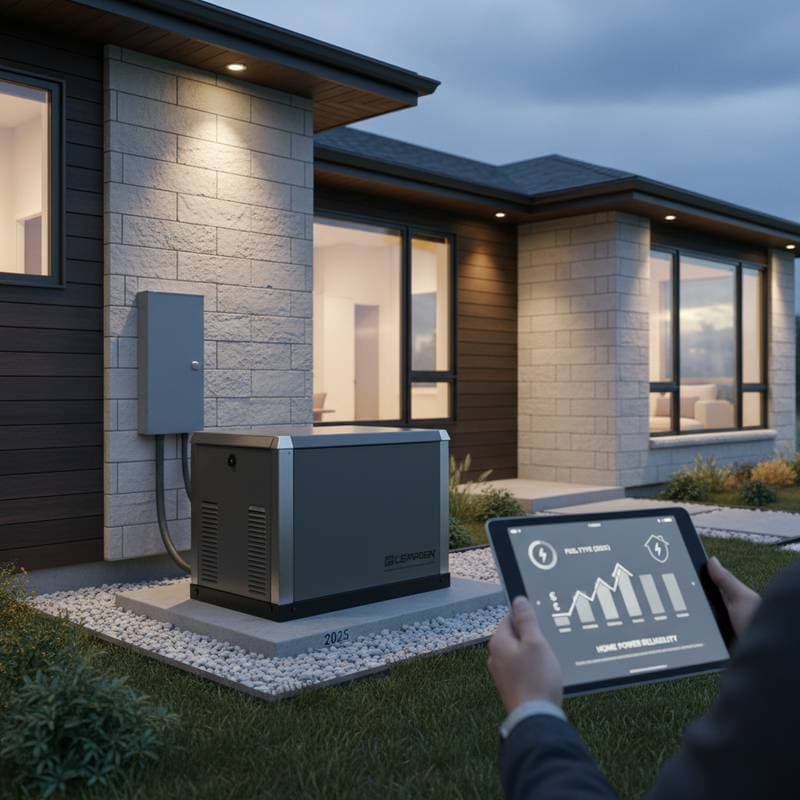Essential DIY Checklist for Summer AC Efficiency
Summer heatwaves challenge home cooling systems and household budgets alike. Proactive maintenance ensures steady indoor temperatures, minimizes energy use, and avoids unexpected repairs. Homeowners can follow this structured checklist to optimize their air conditioning setup for peak performance during the warmest months.
1. Examine and Clean Key AC Components
The air conditioner bears the primary responsibility for cooling during intense heat. Begin maintenance here to address the most significant efficiency factors.
- Filters: Replace disposable filters or clean reusable ones every 30 days under high usage conditions. Clogged filters restrict airflow by as much as 15 percent, which compels the unit to operate longer and consume additional energy.
- Coils: Use a soft brush or vacuum with a specialized attachment to remove dirt from evaporator and condenser coils. Accumulated debris acts as insulation, which diminishes heat transfer and overall system efficiency.
- Fins: Employ a fin comb to straighten any bent fins on the coils, thereby restoring optimal airflow. These inexpensive tools, priced around ten dollars, help prevent undue stress on the compressor.
- Drain Line: Introduce one cup of white vinegar into the condensate drain line to inhibit algae formation that might obstruct drainage. Regular attention here prevents water backups and potential unit damage.
2. Seal Leaks and Reduce Solar Heat Gain
Uncontrolled air movement and solar exposure undermine cooling effectiveness. Targeted sealing and shading measures preserve conditioned air and block external heat.
- Windows and Doors: Inspect and apply new weatherstripping or caulk to seal gaps. A single tube of silicone sealant, available for less than ten dollars, can yield savings of up to 20 percent on cooling expenses by preventing cool air escape.
- Attic and Ductwork: Identify and repair visible gaps or loose connections in ducts using foil-backed tape or mastic sealant. Leaky ducts waste up to 30 percent of cooled air before it distributes to living spaces.
- Window Treatments: Install blackout curtains or reflective blinds on sun-facing windows to minimize heat entry. For exterior solutions, consider awnings or strategically planted shrubs to shade walls and reduce radiant heat absorption.
3. Optimize Thermostat Performance
Inaccurate or inefficient thermostat operation leads to excessive energy consumption and uneven cooling cycles. Fine-tuning this device enhances system control.
- Programmable Adjustments: Raise the setpoint by a few degrees during absences from home. Each degree adjustment typically saves approximately three percent on cooling costs.
- Smart Upgrades: Evaluate Wi-Fi-enabled thermostats that adapt to daily routines through learning algorithms. Users often recoup the investment within a single cooling season through reduced energy bills.
- Accuracy Verification: Cross-check the thermostat display against a separate handheld thermometer. Recalibrate or replace batteries if discrepancies exceed two degrees to maintain precise temperature regulation.
4. Enhance Indoor Airflow Dynamics
Effective circulation distributes cool air evenly and eases the workload on the central unit. Simple adjustments promote better overall comfort.
- Ceiling Fans: Adjust fan blades to counterclockwise rotation, which directs air downward and creates a wind-chill effect. While fans do not reduce actual air temperature, they enable occupants to perceive spaces as up to four degrees cooler.
- Vents and Registers: Remove dust from supply and return vents using a vacuum. Ensure no furniture or rugs obstruct airflow paths to maximize distribution.
- Attic Ventilation Systems: Clear debris from ridge vents or powered attic fans. Proper attic airflow lowers roof temperatures, which in turn keeps heat from penetrating upper living areas.
5. Evaluate and Upgrade Insulation Barriers
Settled or inadequate insulation allows heat infiltration, which forces the AC to work harder. Assessing and reinforcing these barriers provides long-term efficiency gains.
- Attic and Wall Inspections: Probe for exposed joists in the attic or warm spots on interior walls, indicating insufficient coverage. Supplement with fiberglass batts or blown-in cellulose, materials that cost about one dollar per square foot for DIY installation.
- Perimeter Seals: Examine areas around plumbing pipes, electrical outlets, and other wall penetrations. Apply expanding foam or caulk to seal these entry points and halt hot air intrusion.
Advanced Strategies for Lasting Results
Perform intensive cleaning tasks during cooler morning hours to avoid discomfort and heat stress on equipment. Prepare a spray bottle with a mild detergent solution for coil surfaces, and disconnect power to the AC unit prior to any hands-on work. Persistent issues such as ice formation on coils, frequent on-off cycling, or unusual odors signal the need for professional HVAC evaluation to address underlying problems.
Sustaining Efficiency Through Seasonal Routines
Regular adherence to these maintenance practices translates to reduced utility bills, decreased repair frequency, and extended equipment durability. Reference this checklist at the onset of each warm season to invest minimal time for substantial seasonal benefits. Reliable cooling awaits with consistent preparation against rising temperatures.





